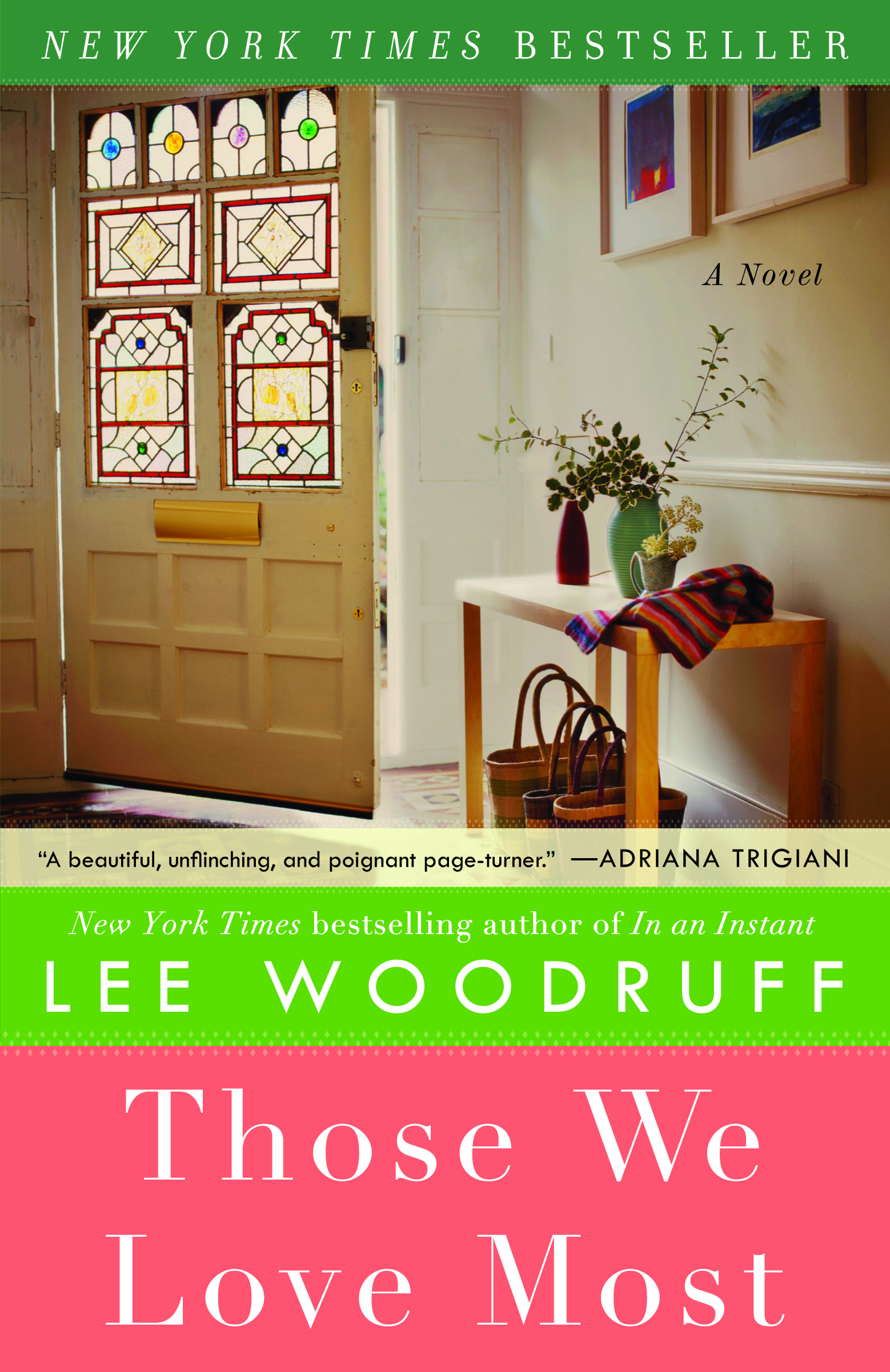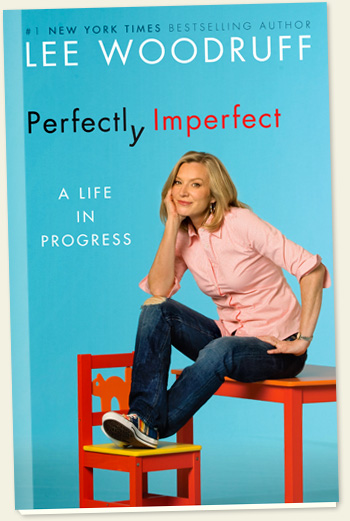It’s All In The Knife
Our new contributor for Thanksgiving, my sis Nancy!
My brother in law Bob likes to take a perfectly good piece of meat and transform it into something other than what it was meant to be. He hacks it into unappetizing “cave man-esque” slabs. Bob averages about four servings per thirteen pound roast. I watched him deface my main course in this way. It was a weekend fall family dinner and I had driven twenty miles to pick it up.
Forlorn faces fell as the first few members of the buffet line made short work of the platter. They left very little beef behind. The remaining guests went hungry or turned toward the salad and rolls with a mutinous eye.
The next night, my brother in law Mark, was assigned the carving of the twenty five pound turkey. We needed to feed a substantial number of houseguests, and the pressure was on after the hunger pangs of the evening before. Mark was given strict instructions to “slice thinly” and “make sure of enough turkey to stretch among the assembled family.”
The carving audience had grown larger after the indignity of the roast experience. Unwilling to miss out on another night without protein, they pushed into a tight mob. The body language left no room for error.
It wasn’t long before the pressure of the assignment began to unhinge Mark. His end result was more of a dissection than a culinary presentation. Rather than take responsibility for the unhappy state of the turkey, he began blaming others.
He groused about how he didn’t have a sharp enough knife and how the turkey wasn’t cooked correctly. Despite Marks protestations, there was an improvement in the number of folks that unwillingly went without a main course. It was down to three.
My husband took his turn to carve a honey baked ham on the third night. Many of the guests were driving back to their homes after dinner. It was imperative that no one fainted at the wheel from hunger. Correct ham carving would dictate the success of the final meal.
A burley homicide cops son, my husband had been raised with a deep reverence for both religion and food. There were consequences for missing either one. The family would go to Catholic mass weekly and all attend the family meal that followed. Growing up in his big Irish family, it was considered a special occasion to be eating anything that wasn’t a casserole.
The men of his clan were judged by their ability to make the meat stretch to all the hungry mouths that were waiting. There was very little in the family that went to waste, like hand me down clothes, cars and toys. Carving was serious business and reputations were gained and lost on it.
Our holiday ham came out of the oven perfectly shaped like a football. It was glazed and smoked in Cajun spices. The elegant wrapper gave specifics about how to slice it. “Someone in your office sent this to us,” I told him as he was rooting around for the super duper electric carving knife he had bought a year ago on e-bay.
“It is all in the knife,” my husband announced to the two other brother in laws, who were perched on stools nearby, ready to leap in and heckle him at the slightest sign of incorrect form. He took an open legged stance much like a golfer getting ready to address the ball.
The nine year old twin nieces were silent with rapt attention. “ Its a pre-cut spiral ham,” said Bob, “this isn’t really a fair comparison to a roast.” Mark chimed in “How was anyone supposed to know you had that hedge trimmer knife?” He added, “No one offered it to us and I don’t really call that carving. It probably takes something out of the flavor and dries it out to have all that rapid back and forth motion.”
My husband mumbled something about “nonsense” and “tools of the trade” and then gave a fond family reference to an Indiana Jones movie about “bringing a gun to a knife fight.” He was an expert at making the slices look mouthwatering and pristine. I’d been treated to a few family meals at his house. I knew he could use the traditional carving utensils with ease as well as the Indiana Jones version.
Often during my husband’s childhood, and especially during holidays (statistics show a spike in crime during holidays), the phone would ring just as the family was sitting down for a meal. Criminals didn’t take time off for Thanksgiving, Christmas or Easter, or apparently for dinner either.
“Sarge” would listen carefully to the details of each phone interruption, kiss the top of his wife’s head, and head out into the night, his lips clamped around a cigar. His six children knew he would be eating cold leftovers when he returned hours later. Sometimes their mother would let them stay up to see the late news and catch a glimpse of their dad if it was a high profile or gruesome case.
On nights when he was called out, the job of carving the meat would fall to one of the boys, or to my mother in law, who became something of an expert in the void.
A particularly sharp butcher knife was her favorite utensil for the task at hand. Family lore (which has never been confirmed) has it that the knife actually had a tag swinging back and forth from its handle and was once used in a crime. It had come from the attic, where it had been “housed” and forgotten. The kids were sure it was evidence from an old murder trial of Sarges. Margie liked to “borrow” it for particularly tough carving jobs, sending one of the kids up to retrieve it. The knife was likely washed and dried, maybe taking a turn in the family dish drain before it was returned back to the attic. The kids invented scenarios over the years about what criminal history the cutlery had been a part of. It is likely that my father in law placed it in the attic as a prop, to spin a story that would humble the six rambunctious children and help them mind their table manners when he was out.
The true success of a roast, turkey or ham is a combination of cooking skill, artful slicing and the ultimate placement on a welcoming table filled with family, friends and lots of wine.
Cookbooks emphasize the importance of letting the meat “stand” after it is removed from the oven. The timeframe recommended seems to vary from ten to twenty minutes before carving. Slicing is made easier when the turkey or roast is cooked at medium temp. Meat should be carved across the grain for increased tenderness and sliced thinly at a forty five degree angle.
There are a multitude of electric carving knife options on the internet ranging in price from $8.00 to $88.00. The sure way to a “successful carve” is to have the proper tools are at hand for any culinary challenge, and that also means a long pronged fork to help get a good grip on what can be a slippery job. There are so many places to track down a great knife, but if the knife hasn’t been sharpened (Charles Department Store in Katonah does my knives each fall), there is no guarantee of the outcome. Never underestimate the importance of having a good knife lying around, or even in the attic.
by Nancy McLoughlin
























 November 23, 2011
November 23, 2011